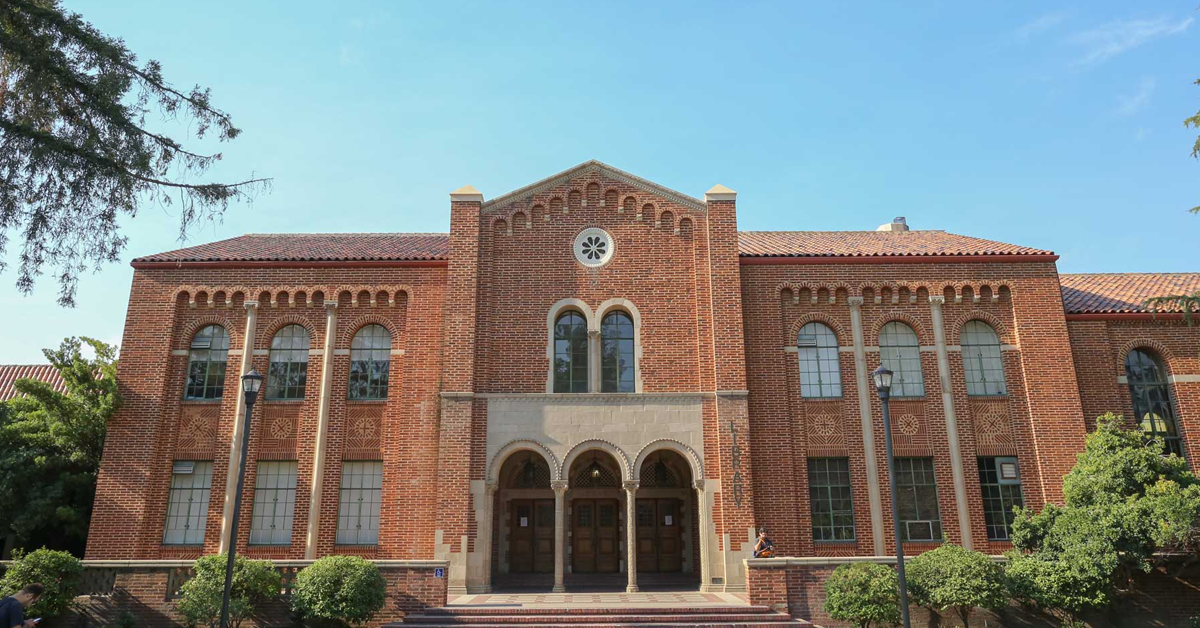Clovis Unified School District recently received an AA credit rating with a stable outlook, placing first among California’s 20 largest school districts.
The high rating from S&P Global Ratings reflects CUSD’s financial strength, as well as the overall position of the community.
Driving the news: S&P gave the AA rating based on the $185 million general obligation bonds that CUSD has from the 2020 election, as well as $16.7 million in series 2024 refunding bonds.
- Clovis Unified ended the 2023 fiscal year with a surplus of 13 percent of general fund expenditures, which were supported by a carryforward of federal stimulus funds and one-time grants.
- The district also had reserves at 26 percent of general fund expenditures.
- While CUSD’s interim report for fiscal year 2024 shows a nearly five percent negative operating result as it spends one-time funds, and its multi-year projections take into account the uncertain future of state funding, S$P believes the district will maintain very strong reserves consistent with its historical performance, as well as positive operations.
- Overall, the rating reflects Clovis Unified’s residential growth, continuation of positive operations and reserves, strong financial policies and practices and manageable debt burden that is low on a market value basis and moderate on a per-capita basis.
State of play: With nearly 43,000 students, Clovis Unified is the 14th largest school district in California.
- CUSD received the highest rating of the top 20 districts in the state by S&P.
- Los Angeles Unified and San Diego Unified, California’s top two school districts, both received a AA- rating.
- Fresno Unified School District, the third largest in the state, received an A+ rating.
- Only one school district in Fresno County received a higher rating from S&P: Pine Ridge Elementary School DIstrict at AA+.
- Pine Ridge is a basic aid district and receives its funding all from local tax sources, unlike Clovis Unified which has to rely on the state.
What they’re saying: “When you’re buying bonds or we’re selling bonds for building projects, and when we go out to market for issuing our bonds, it makes us more competitive on the market,” said CUSD Associate Superintendent of Administrative Services Michael Johnston. “And when we’re more competitive and we have a stronger rating, that means we’re going to get a better rate of interest for those bonds that we sell.”
- Johnston that the better rate simply translates to more savings for the district and the community.
- “When we sell these bonds, our community, our district has savings as the result of having a better interest rate because we’re on the market,” Johnston said. “We’re a familiar investment for many of those large investors that are out there that are investing in our school district bonds.”











